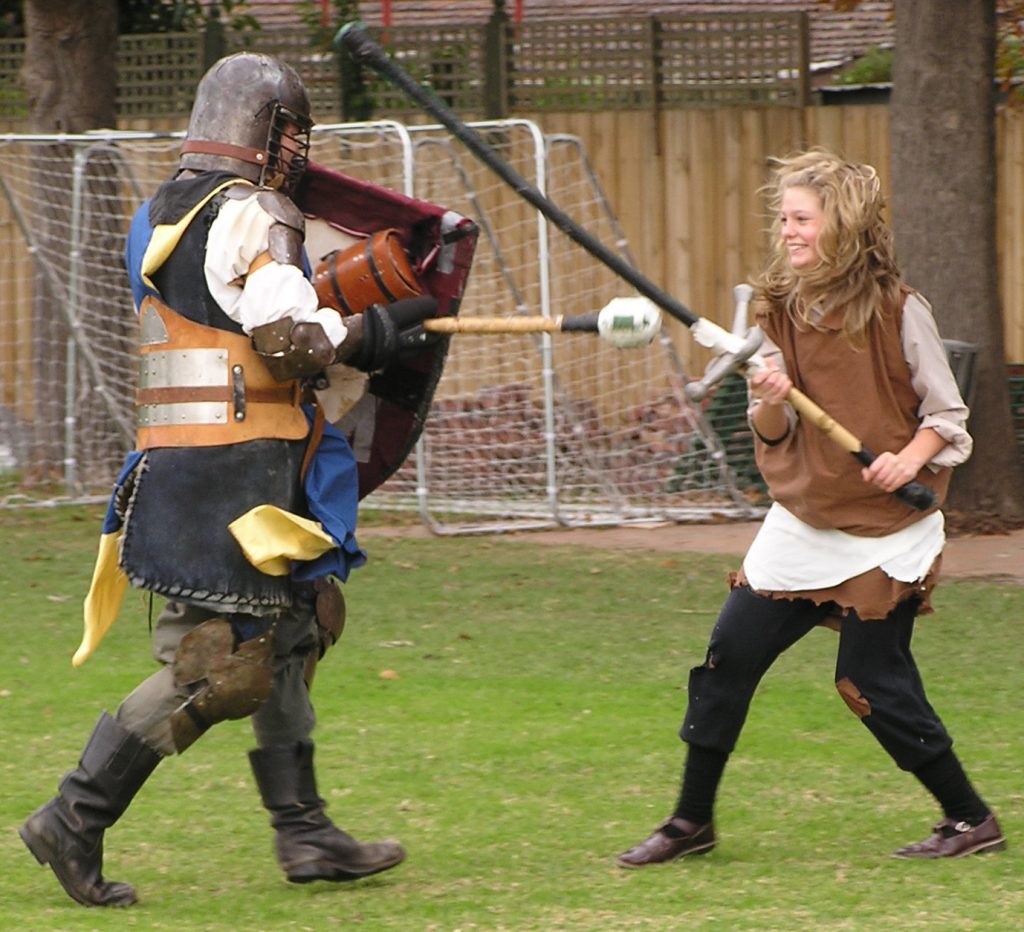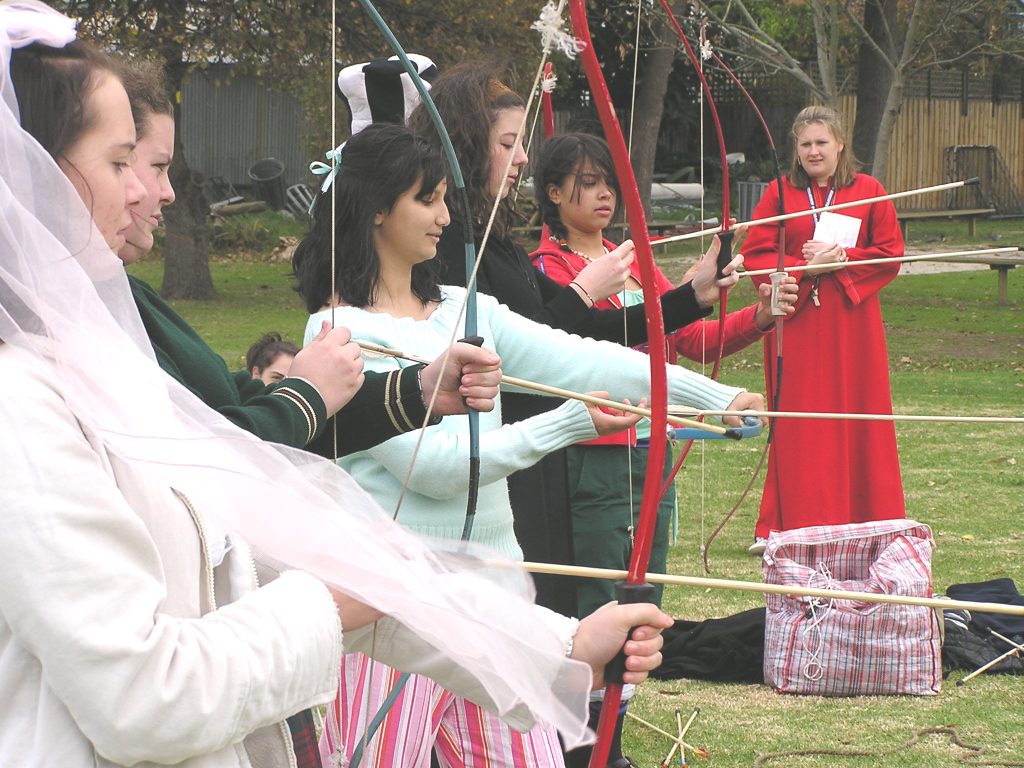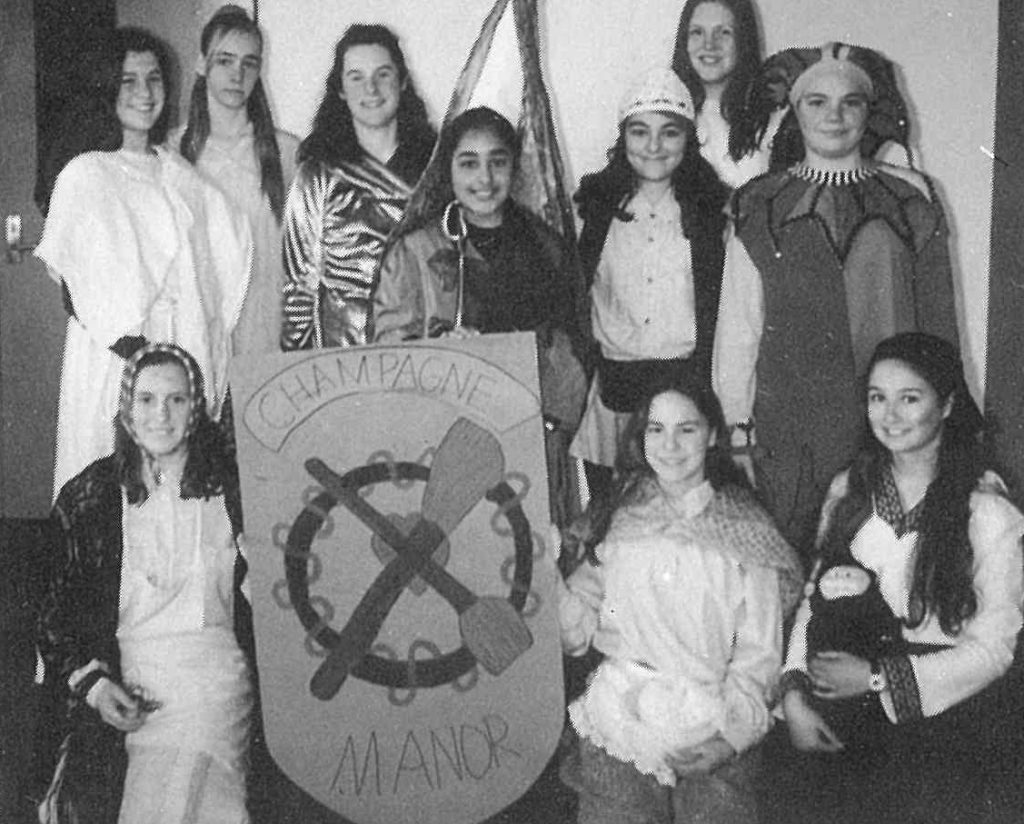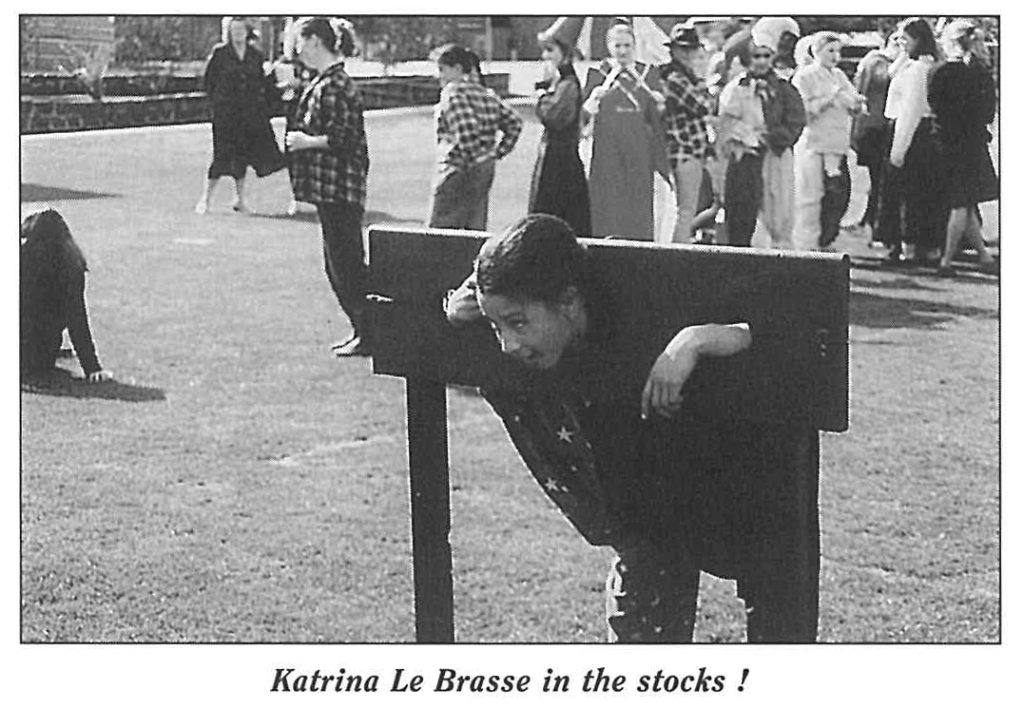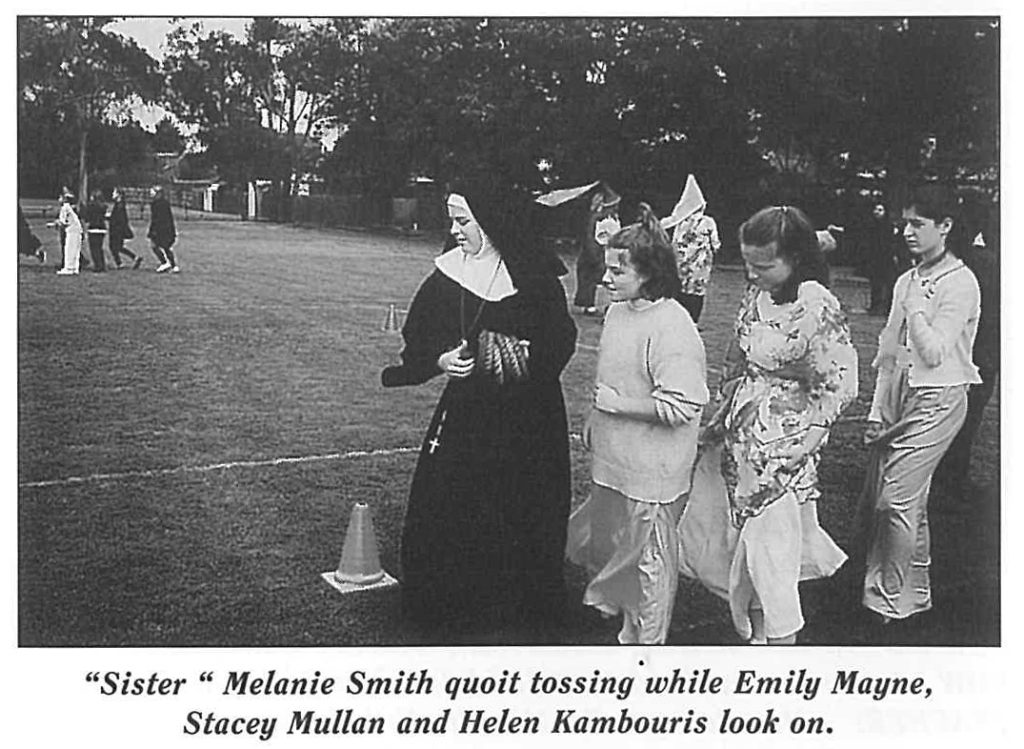Archives
Recent correspondence with my flamboyant former colleague, Marlene Wall of Bermagui, coinciding with my two youngest sons arriving today in Bayeux, Normandy, France, took me back 30 years to Integrated Studies which in Term 3 traditionally focus on the Medieval Period.
Combining her interests in both history and art, Marl’s class created a replica of the eponymous tapestry, depicting the defeat of King Harold (later to be known as ‘the eyeless’) and William, Duke of Normandy (who, incidentally is the brother of my ancestor Adelaide Countess of Aumale, both children of the appropriately named Robert ‘the Magnificent , who in turn was son of Richard ‘the Good’, but nothing to do with my other ancestor Alfred’ the Great’ (I hope you’re seeing a theme running through our family!)). History, as they say, is written by the victors, which may explain the presence of the only woman in the 70m long tapestry, Aelfgyva, who apparently had an interesting connection to King Harold and has continued, for centuries since, to besmirch his vanquished name.
In my classes, we were creative too, making use of huge sheets of cardboard, donated by someone’s father, which sat in the corner of the ‘glasshouse’ which was the covered-in area under the library where PE classes would go when it rained as they were not permitted in the hall in those days! This now forms Rooms 70-72. Students over a number of years painted these up to resemble a Medieval castle which adorned the walls at the top of the Margaret Mary building and around to Rooms 51 and 52. Unfortunately, in the clean up at the end of the year in the mid to late 90s, my esteemed colleague, the late great Lucia Liberatore, found them poking out from behind lockers where they were stored from year to year and had them assigned to the dumpster! The tapestry still exists in a box here somewhere. I’m sure someone is wondering why a language teacher was teaching IS, but I had studied Medieval History, Language and Paleography as part of a second degree in Letters at the University of Melbourne.
Students of that time and later will recall it culminating in the great celebration of Medieval Day, where a banquet was held in the Hall and everyone dressed up and the ‘haves’ were allowed to partake in the banquet whilst the ‘have nots’ merely looked on. There were many princesses amongst the staff including Miss Sacco and Miss Francis, as well as nuns, friars and of course, Mr Wicks as Henry VIII (no relation).
Damian Smith Archives



